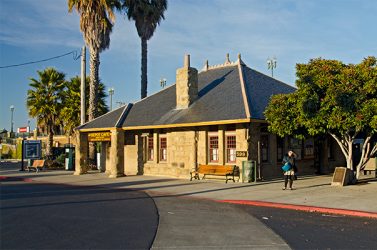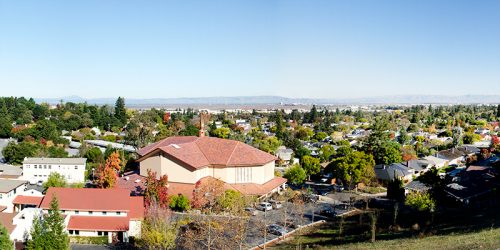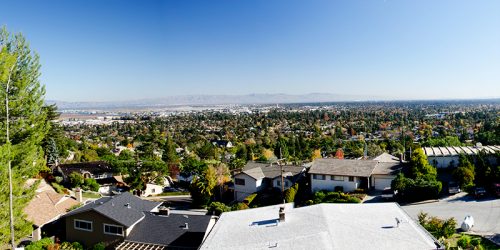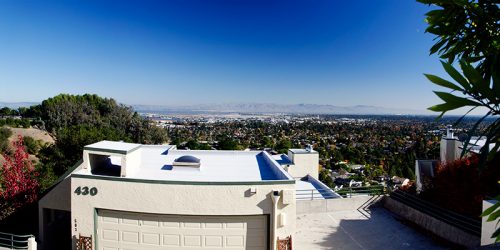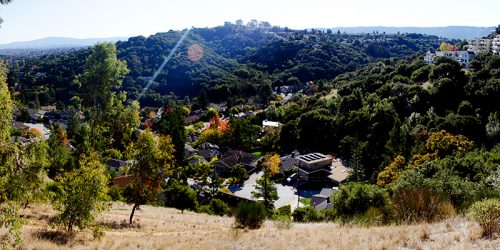While the recent California Supreme Court ruling terminated redevelopment agencies effective February 1, 2012, the ramifications of that change will continue to affect us for some time into the future. As a result, understanding how redevelopment agencies (RDAs) worked still has value. Here’s a brief overview of why they were authorized and how they worked, financially.
It is not uncommon for communities to contain areas that never experience economic growth simply because they suffer from blight. In one sense it’s the opposite of gentrification, where growth (in terms of property values, at least) occurs because it has already occurred. Just like investment flowing into an area can make it more attractive to additional investors, disinvestment can make an area less desirable in and of itself. Moreover, once a sufficiently low level of attractiveness is “achieved”, it can be very hard to shake off.
That’s the situation redevelopment agencies were created to address. They were a “lift yourself up by your bootstraps” initiative. Which, while not a good way to put on boots, actually can work in the economic arena. It’s achieved via public agencies borrowing money to invest in a blighted area, to be repaid out of the increased property taxes flowing from the area once it becomes more valuable. The right kind of public investment, particularly public/private collaborative investments, can create a “virtuous circle” that boosts property values.
Nothing is free, of course, and in the case of RDAs there are several potential negatives. For one thing, the investment may not work; it may not spark the virtuous circle. In that case the bondholders can be hurt. But even if it does, all the other public agencies that are fully or partially funded by local property taxes do not benefit from the increased property values, even if their service obligations do (e.g., higher public school student populations due to enhanced economic attractiveness of an area). In many cases, including in San Carlos, addressing that loss of future property tax revenue requires a negotiated agreement among the affected public agencies and the RDA. Those agreements often involve payments to be made by the RDA to the affected agencies once certain thresholds (e.g., of time, or increased property values) are met.
The State itself can also be an affected party when an RDA is established. That’s because California’s public school finance system requires the State to keep all school districts funded at a minimum level (actually, there is more than one level, but that’s a subtlety we can ignore for this discussion). When property tax increases are diverted to an RDA they are not available to meet increased public education costs, requiring the State to make larger payments to maintain minimum funding levels.
There is also the potential for overuse of the RDA vehicle. “Blight” is not defined in the law, leaving it up to the minds of elected officials, developers and lawyers to determine when an RDA should be set up.
All of these issues — high levels of redevelopment activity, expanding need for public agency services, reduced State revenues — came together in the recent, and ongoing, statewide fiscal crisis. Last summer the Legislature voted to disband RDAs in order to increase the size of the county property tax pools used to fund local services, particularly schools, and thereby reduce State “make up” funding obligations. As a result of the California Supreme Court ruling in late December upholding that change, RDAs will cease to exist as of February 1, 2012. But dealing with the consequences, both intended and unintended, of that change will take quite a while to sort out.
